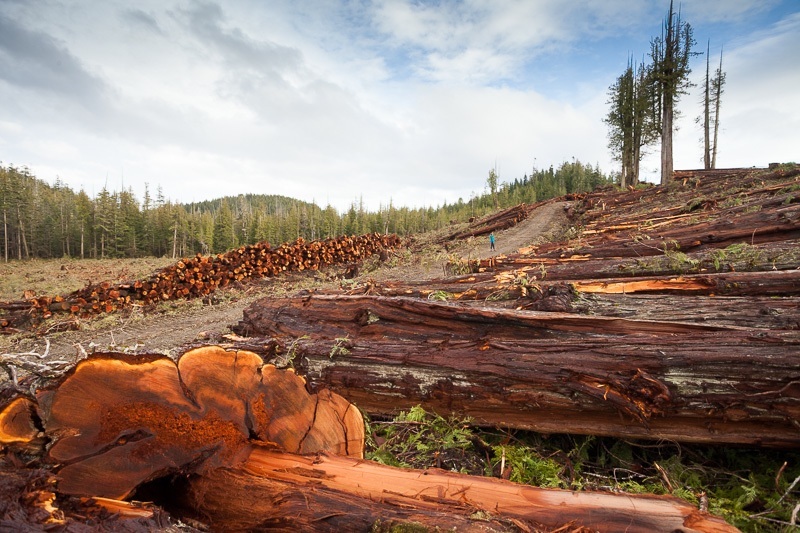
163 Years of Delay, Denial and Dishonour: Kwakiutl First Nation Marks Treaty Anniversary with Day Twelve of Protest
"The people of Kwakiutl have been left with no choice but to protest and stop Canada and BC from allowing Companies to cut and remove cedar trees from our Land," said Chief Coreen Child of Kwakiutl First Nation. Cedar is vital to the Kwakiutl people, contributing to every facet of life--from ceremony to sanctuary. "As our respected ones taught us, the trees are the 'standing people'. They have the same energy as a bear, a salmon, a mountain, or a human being. The trees in the forest are like family," said Tom Child, Lands Manager and Band Member of Kwakiutl First Nation.
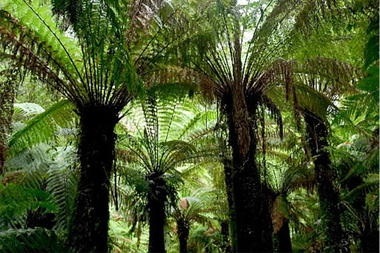
Surprise! Old growth trees are ‘star players’ in gobbling greenhouse gas.
The oldest trees in a forest aren't just passively clinging to the carbon they've drawn from the atmosphere and stored as leaves and wood - they're capturing CO2 at a pace that increases with each passing year.
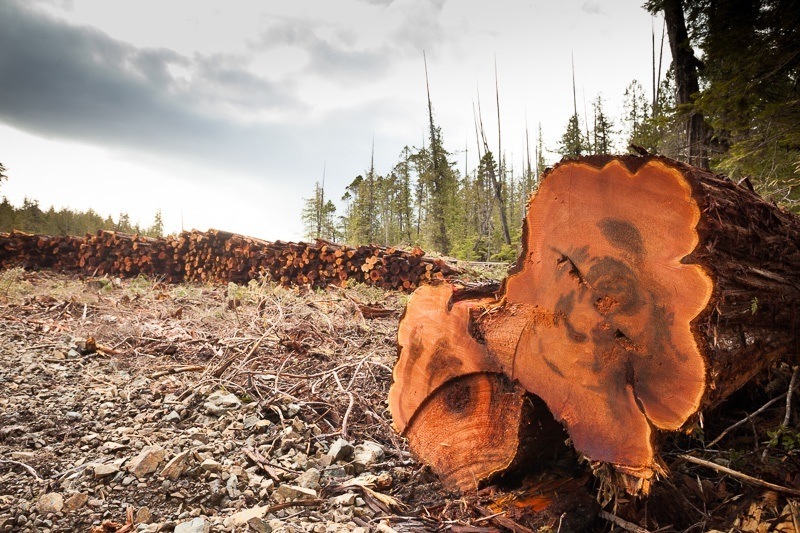
Kwakiutl protest logging
With the blessing of the Kwakiutl Hereditary Chief, the Kwakiutl Indian Band held a peaceful protest last Thursday, January 9, at an Island Timberlands logging operations in Port Hardy. Band members carried signs proclaiming the area as Kwakiutl traditional territory and gathered at the entrance of the site.
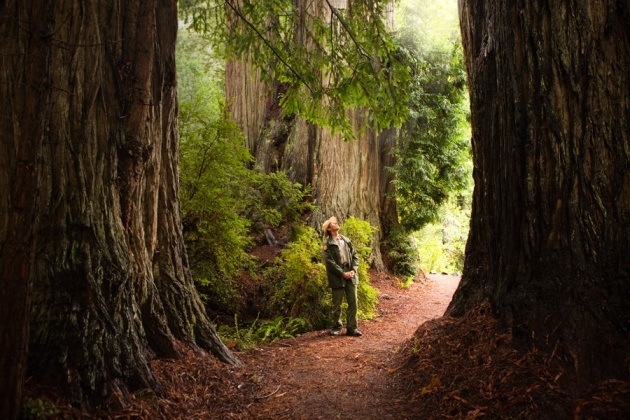
Tree growth never slows
Many foresters have long assumed that trees gradually lose their vigour as they mature, but a new analysis suggests that the larger a tree gets, the more kilos of carbon it puts on each year. "The trees that are adding the most mass are the biggest ones, and that holds pretty much everywhere on Earth that we looked," says Nathan Stephenson, an ecologist at the US Geological Survey in Three Rivers, California, and the first author of the study, which appears today in Nature. "Trees have the equivalent of an adolescent growth spurt, but it just keeps going."
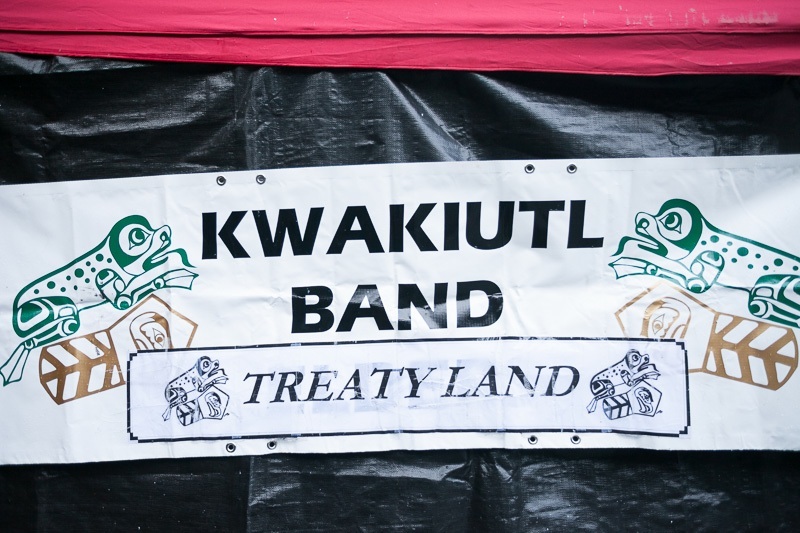
Kwakiutl First Nation protests BC government’s attempts to shirk responsibilities
"Last June, the nation went to court to seek a judicial review of decisions made by the Provincial Crown in granting land tenures to logging company Western Forest Products. Under the provisions of an 1851 treaty between the Crown and the Kwakiutl First Nation, the Kwakiutl argued the province should have consulted meaningfully with them before allowing Western Forest Products to remove more than 14,000 hectares of private land from the area covered by Tree Farm Licence 6. The licence also covers roughly half of traditional Kwakiutl territory.
The province filed its appeal several weeks ago, and members of the Kwakiutl have been protesting on their traditional territory ever since, and they have no plans to stop any time soon."
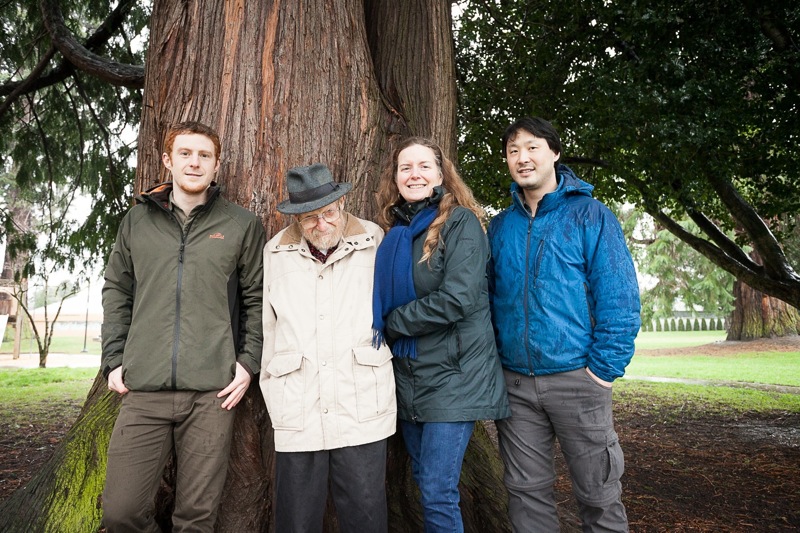
Oldies but goodies: The oldest establishments in B.C., and a couple of people as well
Oldest Tree:
"If you were expecting Canada's longest-lived tree to be a towering monolith, you're in for a disappointment. B.C.'s oldest tree is a 1,835-year-old yellow cedar stump in the Caren Range of the Sunshine Coast.
Oldest Tree Protector:
"Victoria resident Al Carder, 103, has been working to identify and protect the province's tallest trees for close to 97 years. His devotion to big trees grew from a child's sense of self-preservation in Cloverdale in 1917, when his father suggested he accompany him to measure a nearby Douglas fir felled by loggers...Carder is an inspiration to young environmentalists. Ken Wu, executive director of the Ancient Forest Alliance, points out that Carder has outlasted B.C.'s 80-year-old second-growth forests, which replaced its felled old-growth giants."
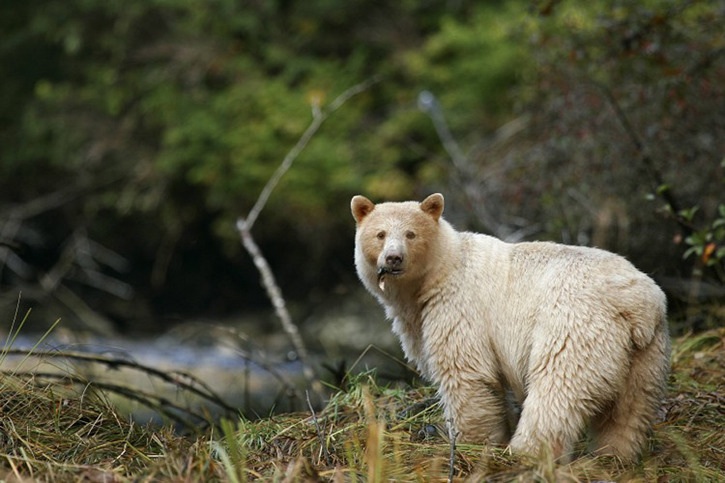
Conservation and industry reach agreement on protecting old growth in the Great Bear
The agreement -- which will preserve another 500,000 hectares of old growth -- increases forest protection to nearly 70 per cent in the mid-coast region from the 50 per cent level already protected by 2009. The addition pushes the amount of old-growth forest preserved to more than three million hectares, an area larger than Metro Vancouver.
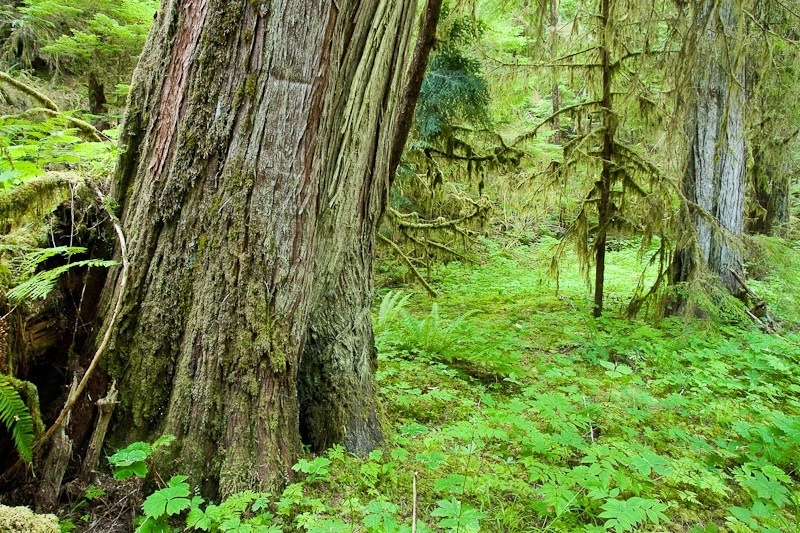
SFU Slideshow: The Campaign to Protect BC’s Endangered Ancient Forests!
Friday, Feb.7, 2014
4:30 to 6:00pm
West Mall Center rm 3253, Simon Fraser University, Burnaby
Join Ken Wu of the Ancient Forest Alliance to learn about the politics and ecology of BC’s endangered ancient forests, and find out how to help ensure their protection!

How Many Old Growth Trees Make a Forest?
"They also wondered if TimberWest had tailored a definition of old growth that allowed them to search out and cut the last remaining stands of old forest by calling them second growth. 'How did TimberWest pull that off?' asked Valerie Langer of Forest Ethics Solutions. 'By using a bizarre, technically unheard of, definition they made up.' ...[the local residents] found a recent cut-block full of tall, straight, giant trees dominated by Douglas fir over 500 years old and equally impressive stands of western red cedar. Unfortunately, they claim, the trees were already felled and lying on the ground."
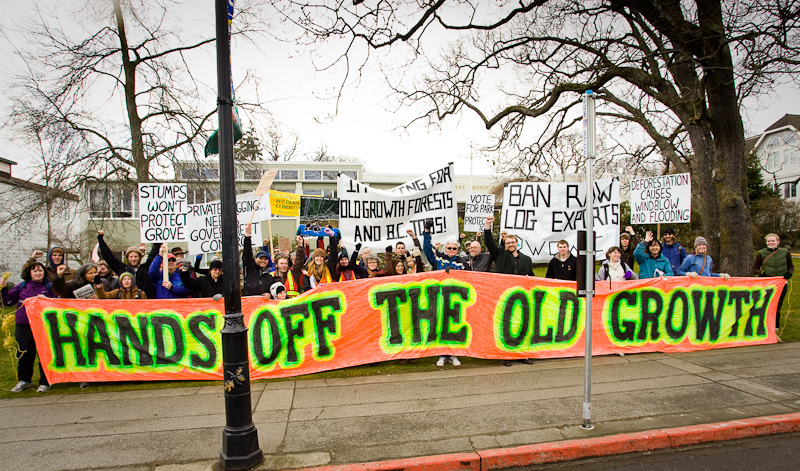
UBC Forestry Forum and Rally – Thursday Jan.23 at UBC
Rally from 3:15 to 4:00 pm at the Martha Piper Fountain, and Forum from 4:30-7:00 pm at the Forest Sciences Center rm.1005, 2424 Main Mall. Pulp, Paper, and Woodworkers of Canada (PPWC) union along with diverse environmental, industry, and First Nations speakers.
